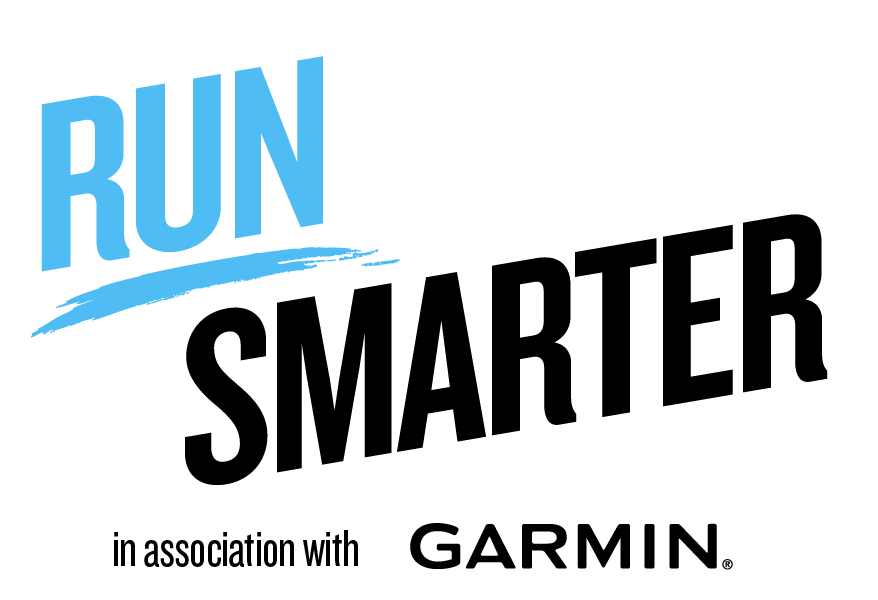
Calling all runners — how many of you use some of the best strength exercises to improve your running performance? If you’re reluctantly shaking your head right now, it’s time to consider how a strength program could elevate your running form.
Whether you’re a sprinter, training for a half marathon or simply running for pleasure, strength training boasts many benefits. You could boost performance, prevent injuries and strengthen joints, muscles and bones. But before you do anything, we recommend tying up a pair of the best running shoes for any distance.
The best strength exercises could help improve your running economy, speed and form, but you might be asking how to fit even more into your training plan. Here are the best strength exercises to improve your running performance and a bulletproof strength regime you can follow.
The best strength exercises to improve your running performance
We’ve put together nine of the best strength and conditioning exercises you can do with your body weight, barbells, kettlebells or the best adjustable dumbbells. Remember, it should feel challenging so that the last few reps are tough to finish. If you don’t have weights, here are the 5 best ways to build muscle without lifting heavier weights.
Work through the three moves in the first superset for 8 to 10 reps (per side) back-to-back, resting for 60 seconds between sets and repeating for 2 to 3 rounds. Then move to the next superset, and so on. It will work muscles hard and save time, but if you need a short session, pick 4 to 6 exercises and try 2 sets of 8 to 10 reps per exercise.
Superset 1: Lower body
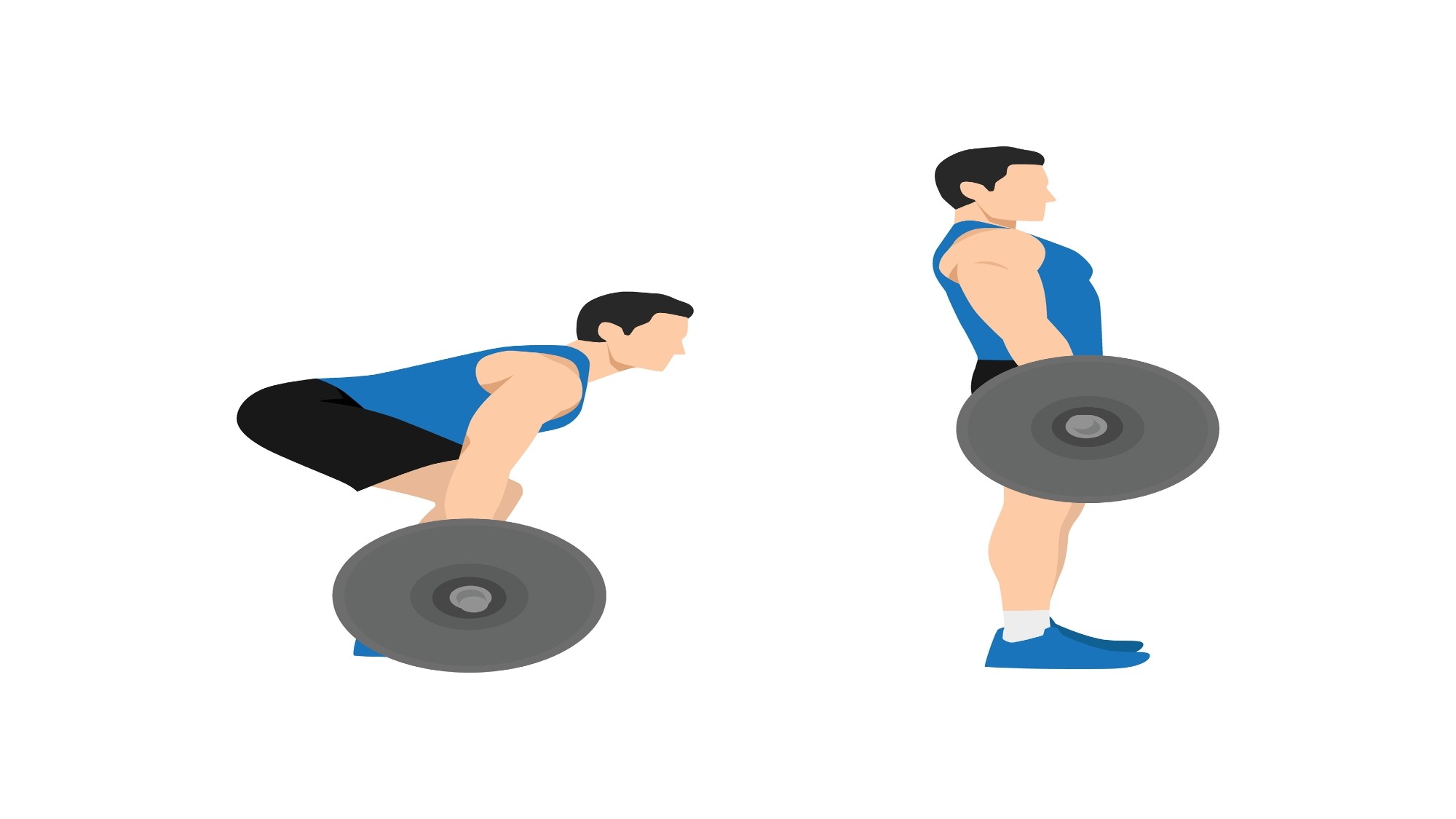
1. Deadlift
Benefits: Strengthens posterior chain muscles, including your back, core, glutes and hamstrings. It’s a solid option for quad-dominant runners who don’t hill-train.
Imagine bending down to pick up a large box. Bend your knees, lift with your core, engage your lats and maintain a flat back. Always start with your chest raised and bum low, bracing your entire body for impact.
We cover deadlifts extensively in our how to deadlift guide with variations worth trying and discuss why this is the best compound exercise for building strength and muscle for runners and weightlifters.
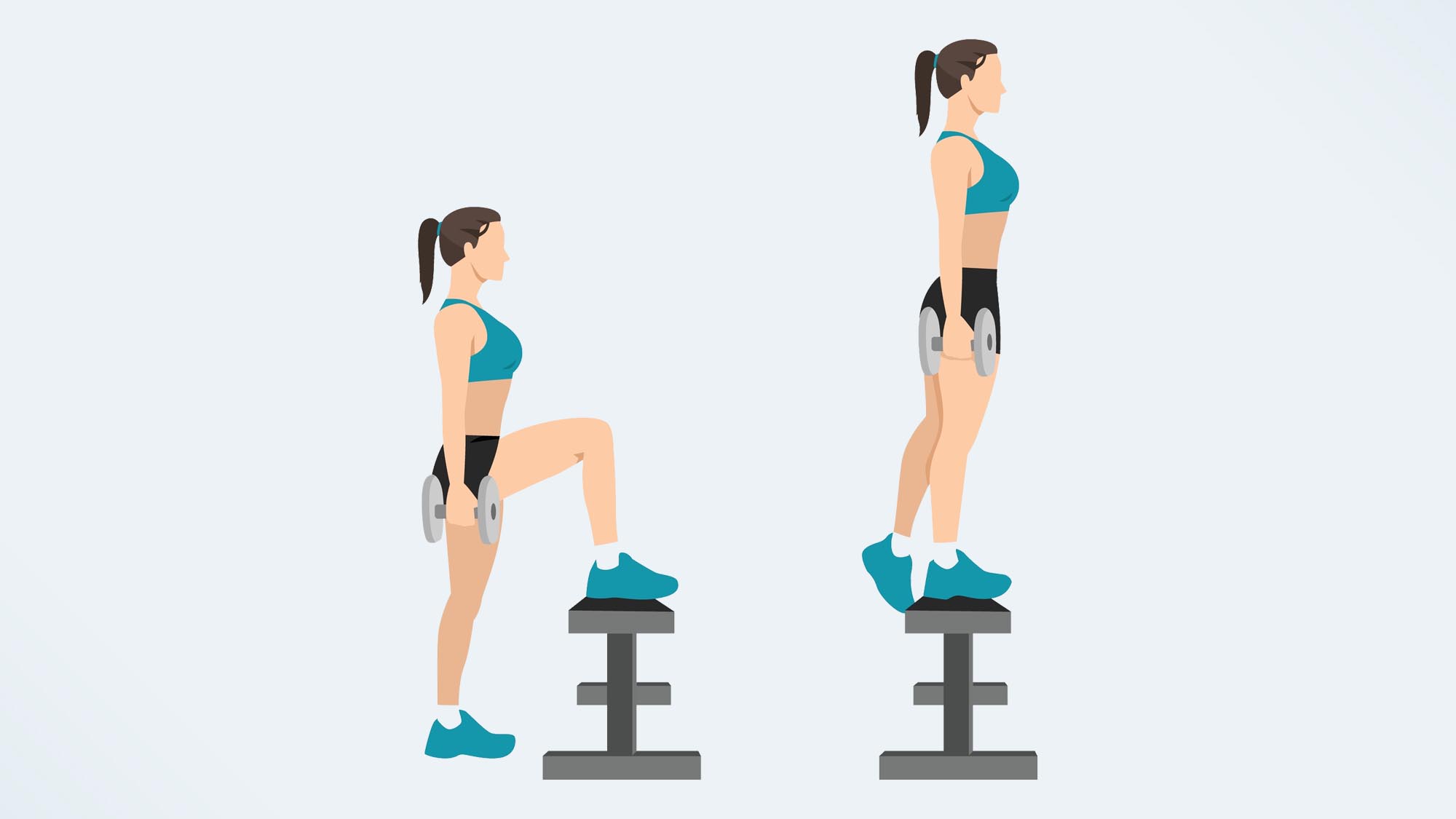
2. Box step-ups
Benefits: Unilateral exercise reduces muscular imbalances by working one side at a time to teach muscles to coordinate. Step-ups also develop core, lower back, quad and glute strength.
Here’s what we learned from doing 80 dumbbell step-ups every day for a week (it was brutal), along with how to do them in detail and what to avoid. Add a couple of dumbbells or lift your leg to a 90-degree angle on the top of the box to challenge balance further.
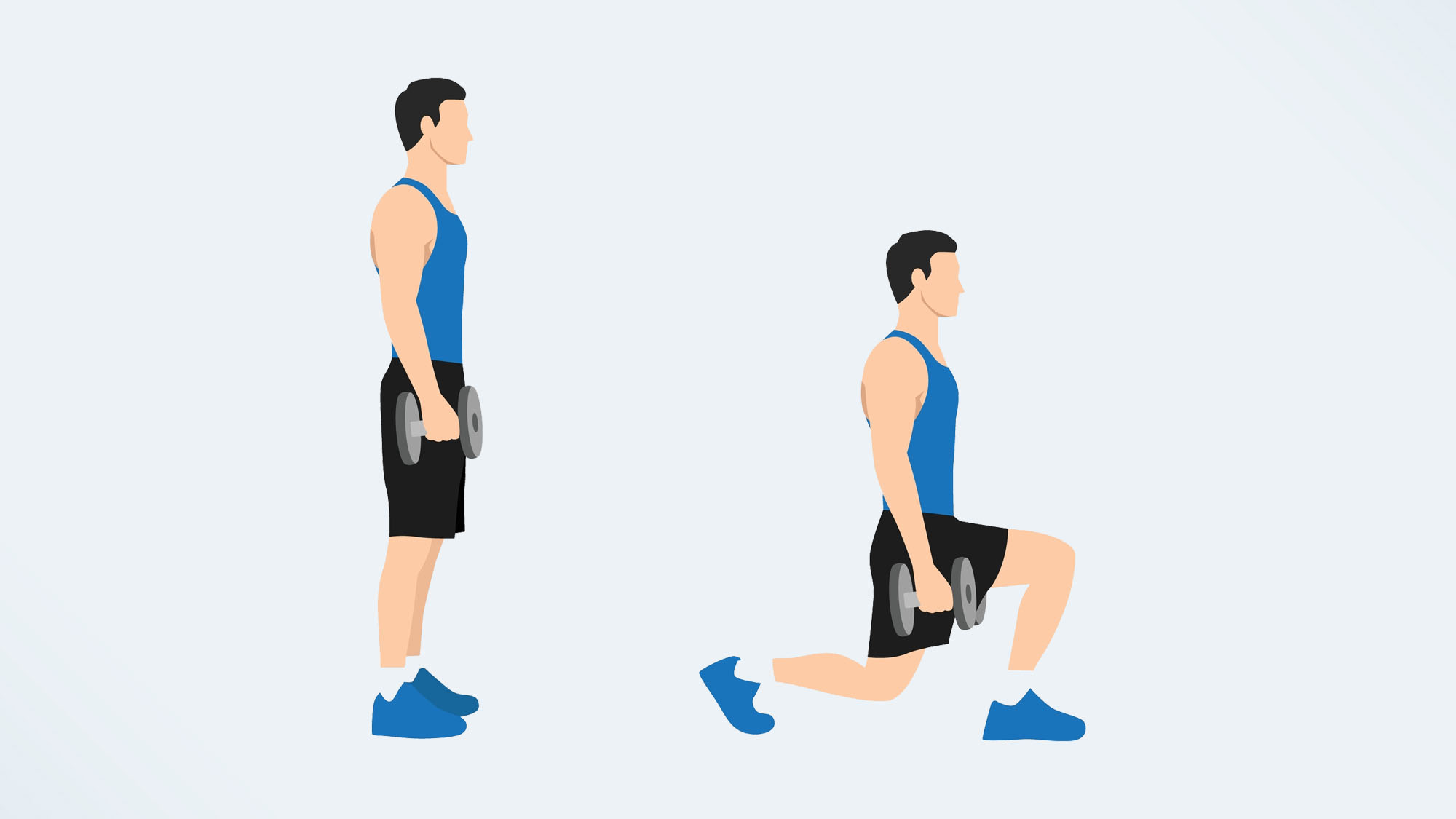
3. Walking lunges
Benefits: Engages your core, hip flexors, glutes and leg muscles and improves balance, stability and coordination. The move could also improve stride length and hip mobility.
The weighted variation develops power in your legs. Learn how to do lunges here, and we recommend holding dumbbells or kettlebells to add challenge. For extra glute engagement, lean slightly forward as you walk.
Superset 2: Upper body
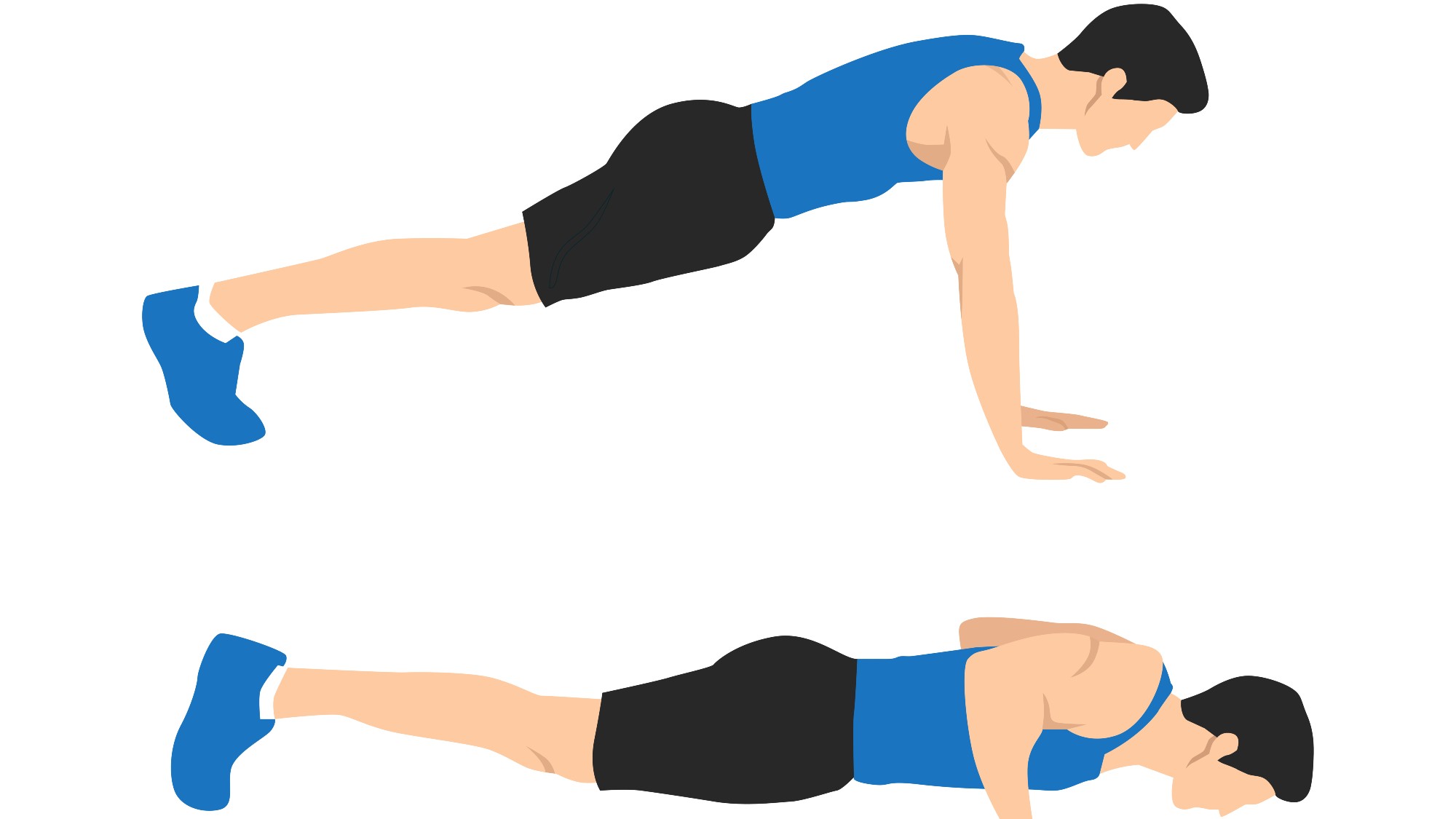
1. Push-ups
Benefits: Target the pectorals, anterior deltoids (fronts of the shoulders) and triceps.
Push-ups work your core muscles hard to prevent sagging into your lower back or dropping your hips and help develop posture and arm drive as you run. Try to squeeze your entire upper body so that your body moves as one unit — here’s how to do a push-up step-by-step.
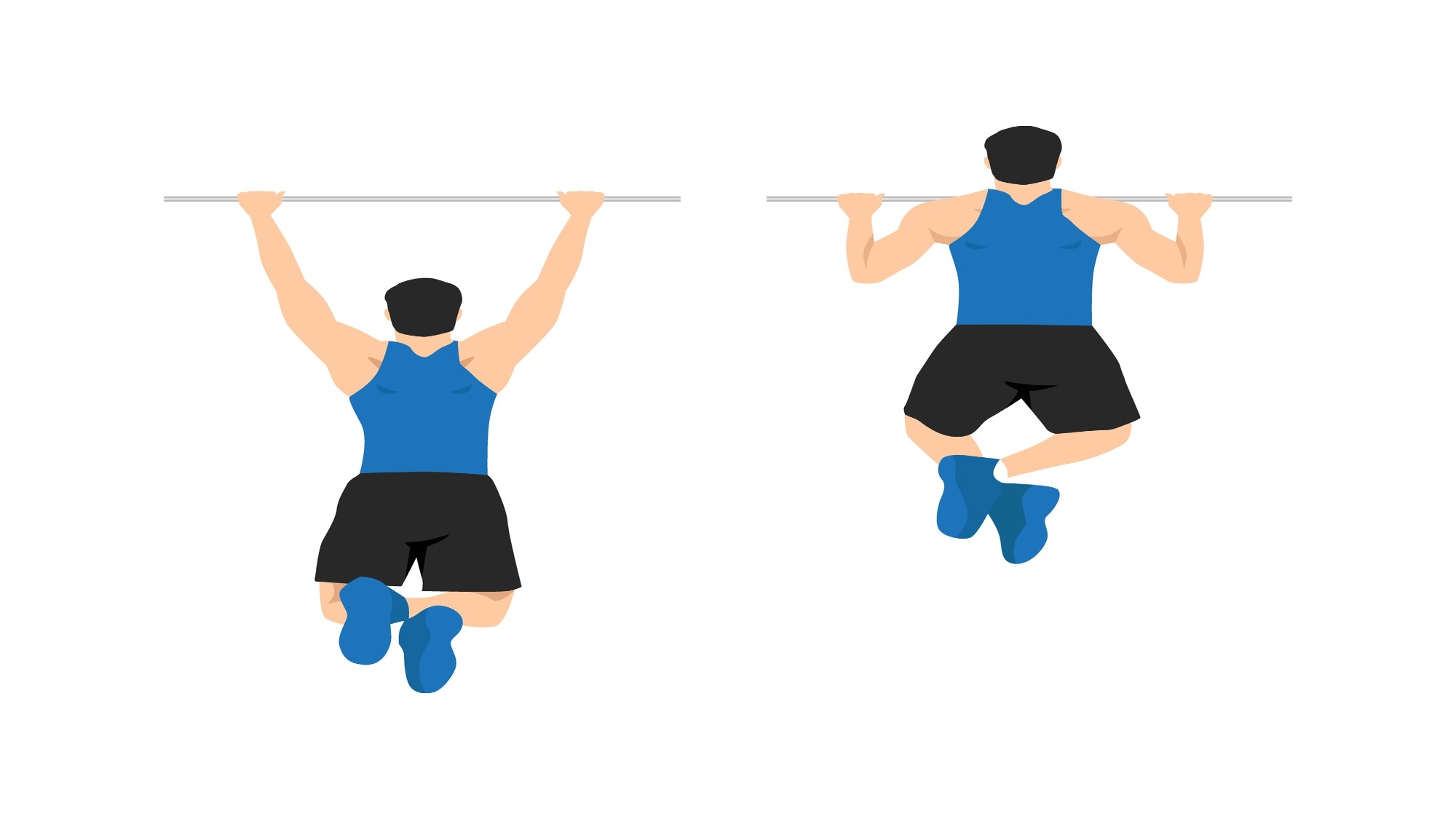
2. Pull-ups
Benefits: Strengthens your upper body and improves coordination, balance and endurance.
Avoid swinging your body and squeeze as many muscles as you can. If a pull-up isn’t achievable, loop one of the best resistance bands around the bar and step your foot into it for extra support. The pulling motion develops back and bicep strength, which improves posture and running economy.
You can learn the difference between pull-ups vs chin-ups (spoiler, it’s the grip) and how to fix pull-ups here, with a step-by-step on nailing them.
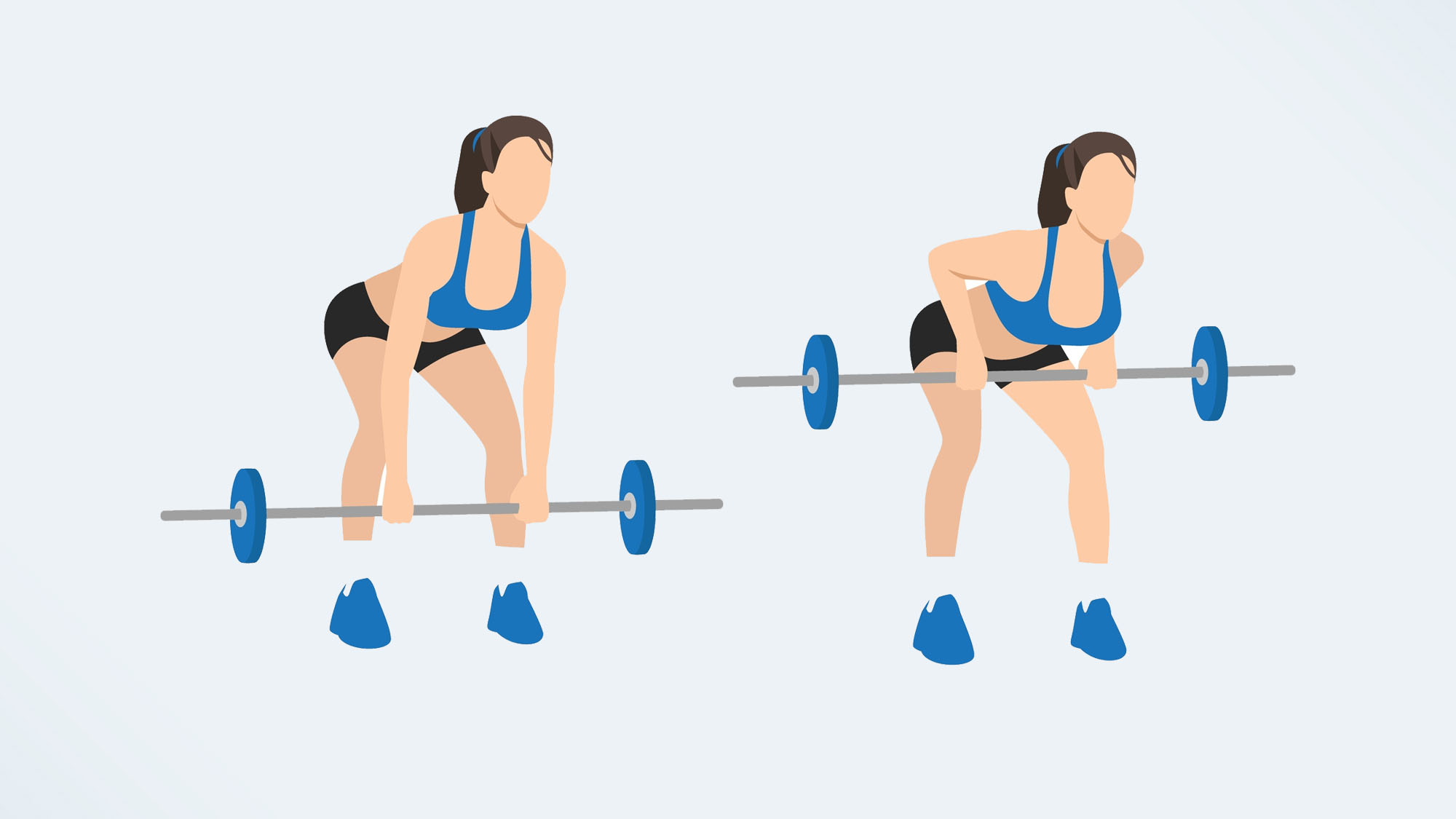
3. Bentover row
Benefits: Strengthens your core, biceps and back muscles, including the lats, rhomboids and posterior deltoids (rear shoulders). Rows also build posture, develop hip and hamstring flexibility and prevent lower back injury.
Depending on mobility, the bentover position could also target the hip flexors. We cover the difference between barbell rows vs good mornings in more detail, and if you can’t access a barbell, here’s how to do a dumbbell row instead to work on single-arm coordination.
Superset 3: Core and hips
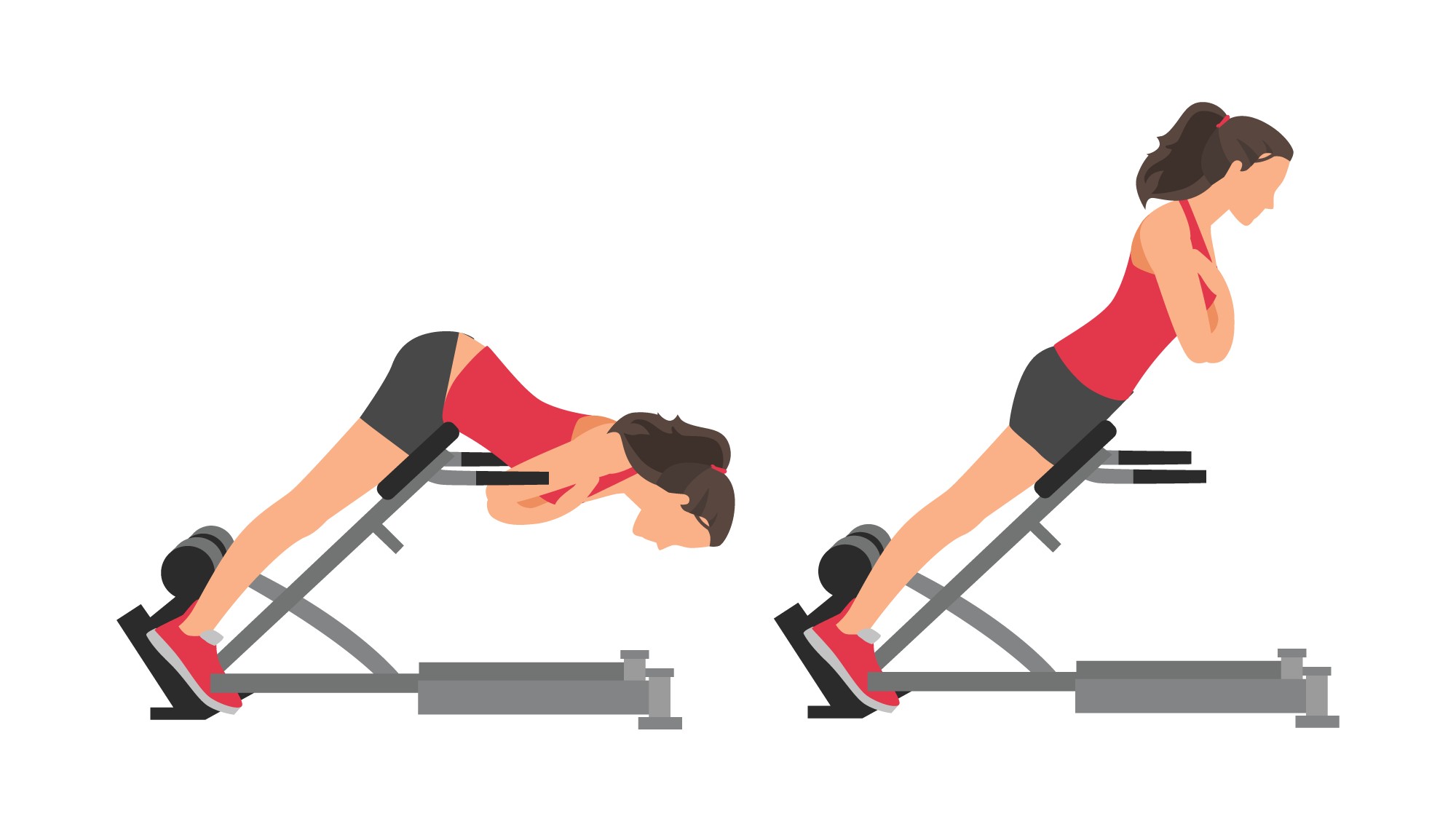
1. Back extensions
Benefits: Target the mid and upper back and posterior chain muscles to prevent hunching and improve torso positioning. Extensions also target your hip flexors — a group of muscles responsible for pulling your thigh toward your body when you run.
If you don’t have a hyperextension bench (see above), switch to our Superman exercise guide instead.
How:
- Start with thighs resting on the bench. The end of the bench should sit at the crease of your hip flexors and support your legs
- Engage your core and glutes
- Hinge forward at your hips and slowly lower your chest toward the ground as if doing a forward fold
- Reverse back to your starting position, giving your glutes and back muscles a big squeeze and extending fully at the hips
- Hold a weight close to your chest to make the exercise harder.
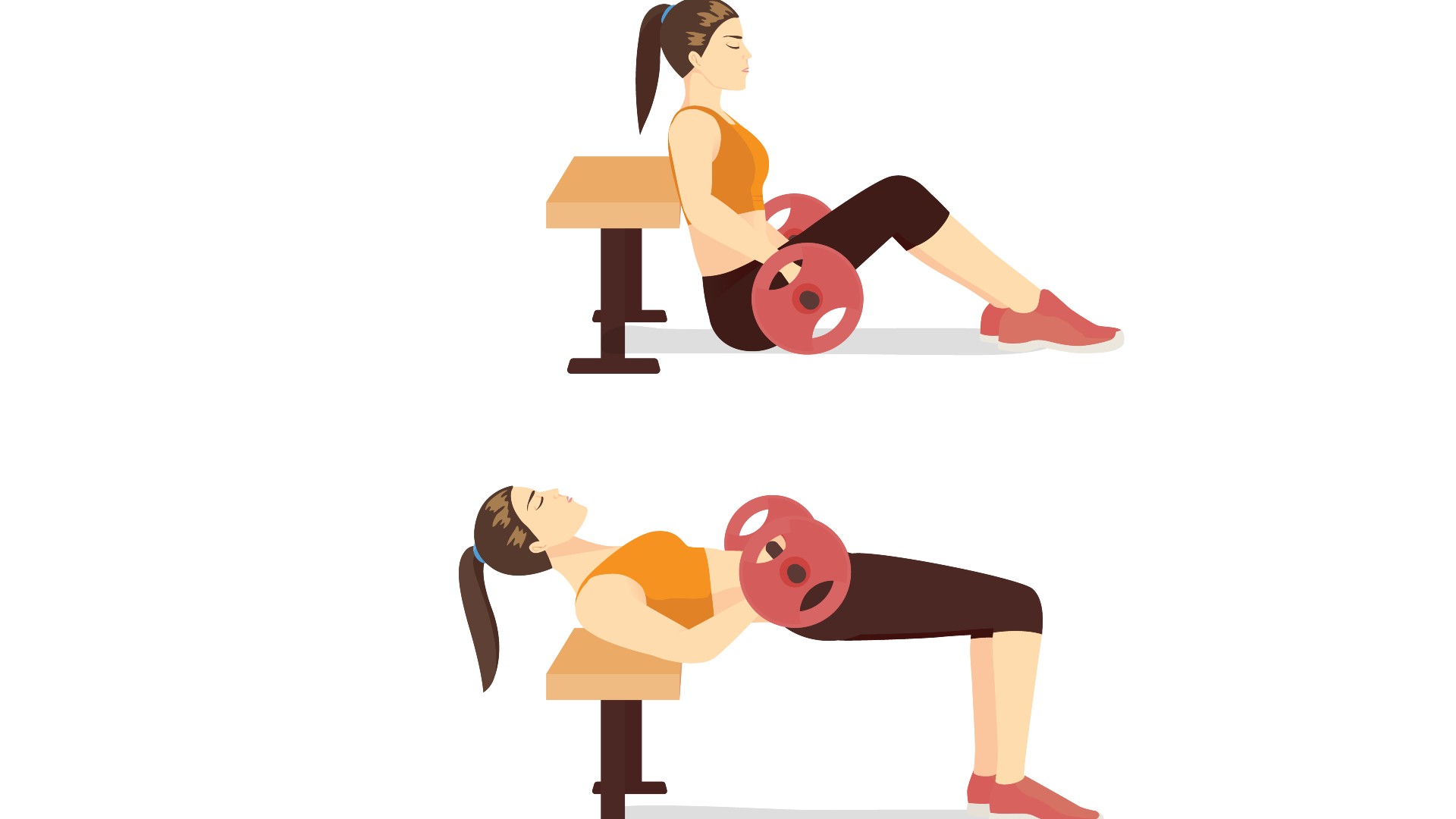
2. Hip thrusts
Benefits: Target your gluteus maximus (responsible for posture), medius and minimus. Hip thrusts also strengthen your hip flexors, hamstrings, quads, adductors and core.
Your glutes and hips are crucial drivers for movement that are often weak in quad-dominant runners who struggle to activate them. Here’s how to do hip thrusts and grow your glutes for a rundown on perfect form.
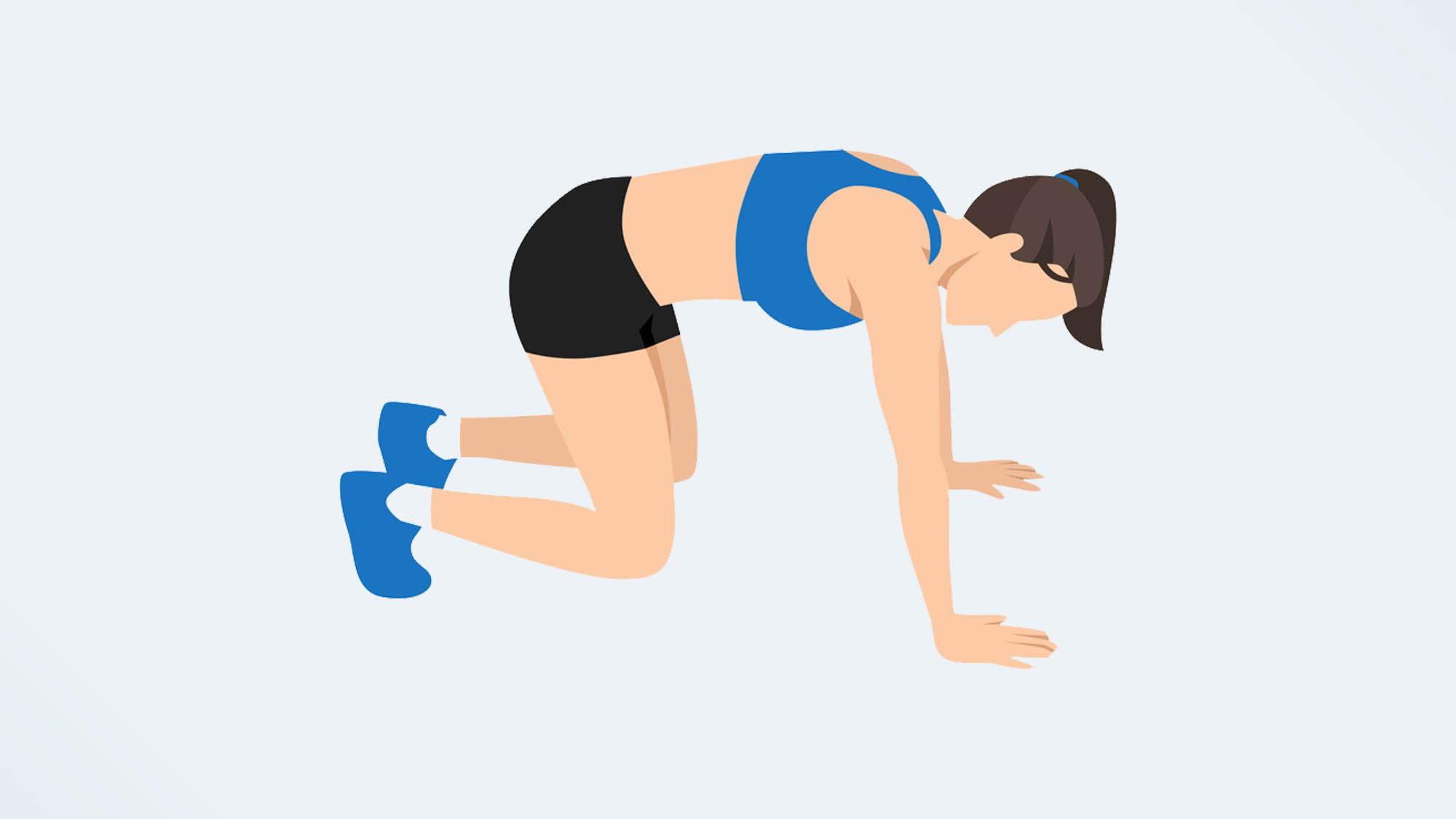
3. Bear squats
Benefits: Efficiently hits your core, shoulders, quads, hamstrings and calves. The exercise also mobilizes your shoulders and develops flexibility in your ankles. Strengthening these areas helps prevent knee pain when running.
How:
- Start in a tabletop position with your hips over your knees and shoulders stacked over your wrists
- Tuck your toes, engage your core and lift your knees an inch from the ground
- Send your hips back toward your heels. Keep a flat back and knees close to the ground
- Return to the starting position.
How many times a week should a runner do strength training?
We get it — finding the time isn’t easy, especially in the lead-up to an event. Studies — like this by the Journal of Strength and Conditioning Research — show that strength training two to three times a week is super effective, but even one session packs benefits, so do what you can.
If you’re new to strength training, start with one session a week and build from there. If you’re wondering which days to train, opt for days you don’t run or plan to tackle a shorter distance. Otherwise, you might overload your body.
Should runners lift heavy or light?
Runners develop muscle endurance through aerobic training, so we recommend lifting heavier, but it also depends on your sport. Sprinters who want to build strength and power typically focus on explosive training, power output and agility, whereas others might adopt "traditional" resistance training. We still recommend medium to heavy weights to prioritize strength, power and coordination.
A balance trainer is the most underrated gym equipment for building strength, as it challenges stability, balance and coordination. Try adding one to your routine with or without weights.
What type of strength training is best for runners?
The best strength exercises work your upper and lower body. The aim is to strengthen the muscles used for running and posture, targeting more than just your glutes, hamstrings, quads or calf muscles.
But to build a powerhouse, balanced body, there’s a crucial distinction between building muscle and improving strength and power, which we cover extensively in our hypertrophy vs strength training guide. Your goals determine how you program strength training, but these nine exercises are some of the best strength exercises for improving running performance, regardless.
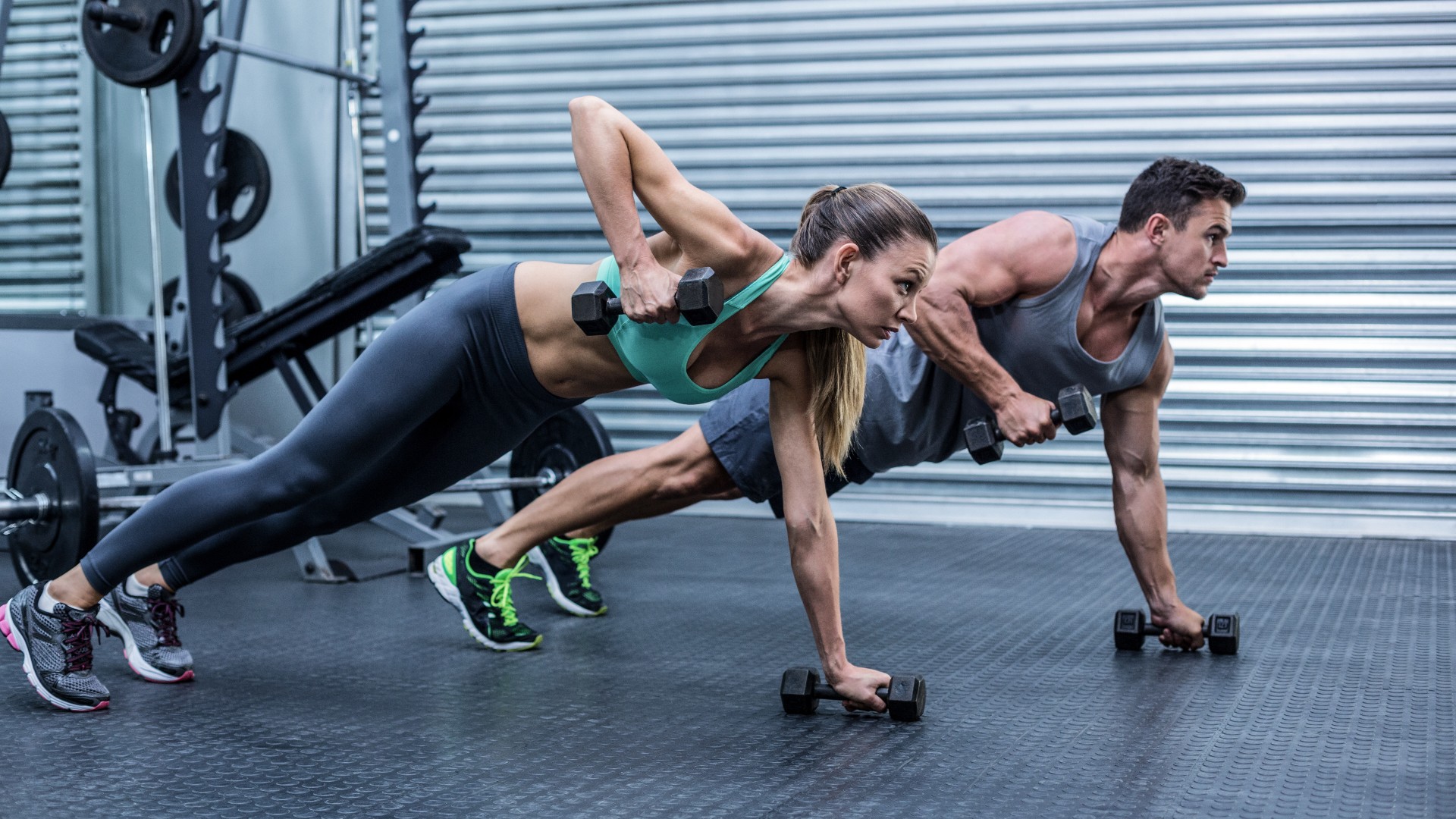
Benefits of strength training for runners
Regularly lifting weights has been shown to:
- Strengthen your tissues, muscles and bones
- Protect against injuries
- Improve running biomechanics, efficiency and movement patterns through posture
- Strengthen communication between your nervous system and muscles. Muscles become more efficient at recruiting and firing so that you can coordinate better and run quicker
- Reduce impact and stress on your joints and bones — bone loading means loading the bones through exercise like resistance training to stimulate growth
- Improve mood, anxiety and mental health, as shown by some studies.
Strong muscles mean more power output for sustained periods during runs, and robust hamstrings, glutes and hips will help balance out quad-dominant runners, preventing potential overuse injuries. But your trunk also must be strong and stable to drive movement, keep you upright, and improve your breathing.
Some research suggests that strength training could improve VO2 max — the maximum amount of oxygen your body can uptake during exercise. That means you could train for longer before fatiguing.
Best stretches for runners
Remember to include dynamic mobility exercises during your warm-up to get muscles moving and working through a range of motion and save stretching for your cool-downs.
Our favorites include these 6 stretches for beginners to boost flexibility in your hamstrings, calves and ankles and the 10 best hamstring exercises for building stronger legs.
More from Tom’s Guide
